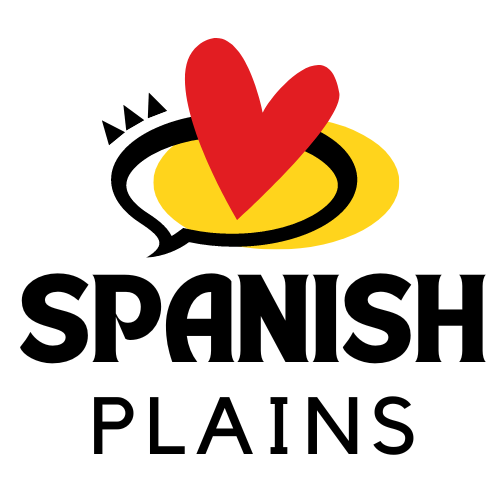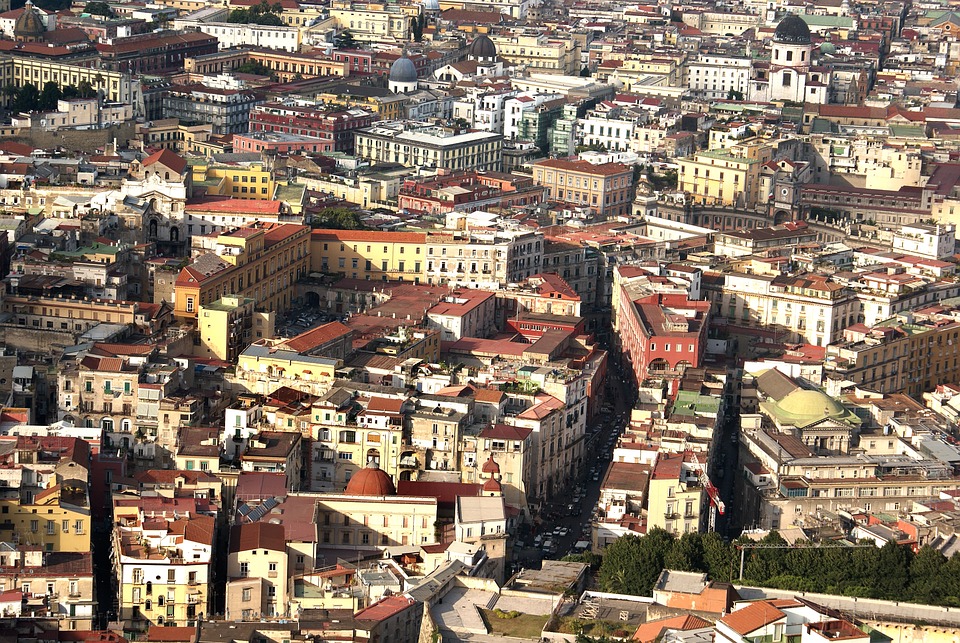Exploring the colorful charm of Seville: A travel guide to Spain’s unique city
Introduction
When it comes to vibrant and enchanting cities in Spain, Seville undoubtedly takes the crown. Located in the southern region of Andalusia, Seville is a city that captivates visitors with its rich history, stunning architecture, passionate flamenco performances, and vibrant cultural traditions. From its picturesque streets and marvelous historic sites to its world-renowned cuisine and warm-hearted locals, Seville offers a unique travel experience that leaves a lasting impression on all who visit.
Exploring Seville City Center
Seville’s city center is a treasure trove of attractions that should not be missed. Begin your journey at the buzzing Plaza de España, a majestic square adorned with colorful ceramic tiles, fountains, and intricate architectural details. Stroll through the charming Santa Cruz neighborhood, known for its narrow streets, lively plazas, and the Alcázar, a breathtaking palace that showcases a blend of Moorish and Spanish architectural styles. Take a leisurely walk along the Guadalquivir River and marvel at the iconic Triana Bridge. Don’t forget to visit the awe-inspiring Seville Cathedral, the largest Gothic cathedral in the world, and climb to the top of the Giralda tower for panoramic views of the city.
Immerse Yourself in Flamenco
No trip to Seville would be complete without experiencing the passion and allure of flamenco. Witnessing a flamenco performance is an absolute must, and the city offers numerous venues where you can enjoy this mesmerizing art form. Feel the rhythm and intensity of the dancers’ footwork, the haunting melodies of the guitar, and the soulful vocals that express the deepest emotions. Immerse yourself in the captivating world of flamenco and let this traditional art form transport you to the essence of Andalusian culture.
Culinary Delights and Traditional Tapas
Seville is a heaven for food enthusiasts, with its charming taperías and top-notch restaurants. Indulge in a culinary adventure by trying the city’s most famous dishes. Start your day with a traditional Andalusian breakfast of pan con tomate (toasted bread with tomato) or mollete (soft white bread) with olive oil, ham, and crushed tomato. For lunch, savor the flavors of gazpacho, a refreshing tomato-based cold soup, or sample the deliciously fried fish at one of the numerous seafood establishments near the river. Don’t miss the chance to try the city’s iconic tapas, such as the mouthwatering montaditos, small sandwiches filled with various ingredients. Wash it all down with the local sherry wine or a refreshing tinto de verano (red wine with lemon soda).
The Festivals of Seville
Seville is renowned for its vibrant and exuberant festivals, celebrated with unmatched enthusiasm. The Semana Santa (Holy Week) processions fill the streets with colorful processions, music, and religious fervor. Witness the impressive floats, paso bands, and costumed penitents as they parade through the city. Another famous celebration is the Feria de Abril (April Fair), where the fairgrounds come alive with traditional music, dancing, and horseback riding. Take part in the festivities, enjoy the flamenco performances, try traditional Andalusian dresses, and savor the local cuisine.
FAQs
Q1: What is the best time to visit Seville?
A1: The best time to visit Seville is during spring (March to May) and autumn (September to November) when the temperatures are mild, and the city is less crowded with tourists.
Q2: How do I get around Seville?
A2: Seville has an excellent public transportation system, including buses, trams, and a metro. The city is also highly walkable, and many of the main attractions are located in the city center.
Q3: Are there any day trips from Seville worth taking?
A3: Absolutely! From Seville, you can easily take day trips to the charming whitewashed village of Ronda, the historical city of Cordoba with its stunning Mezquita, or the coastal town of Cadiz with its beautiful beaches.

